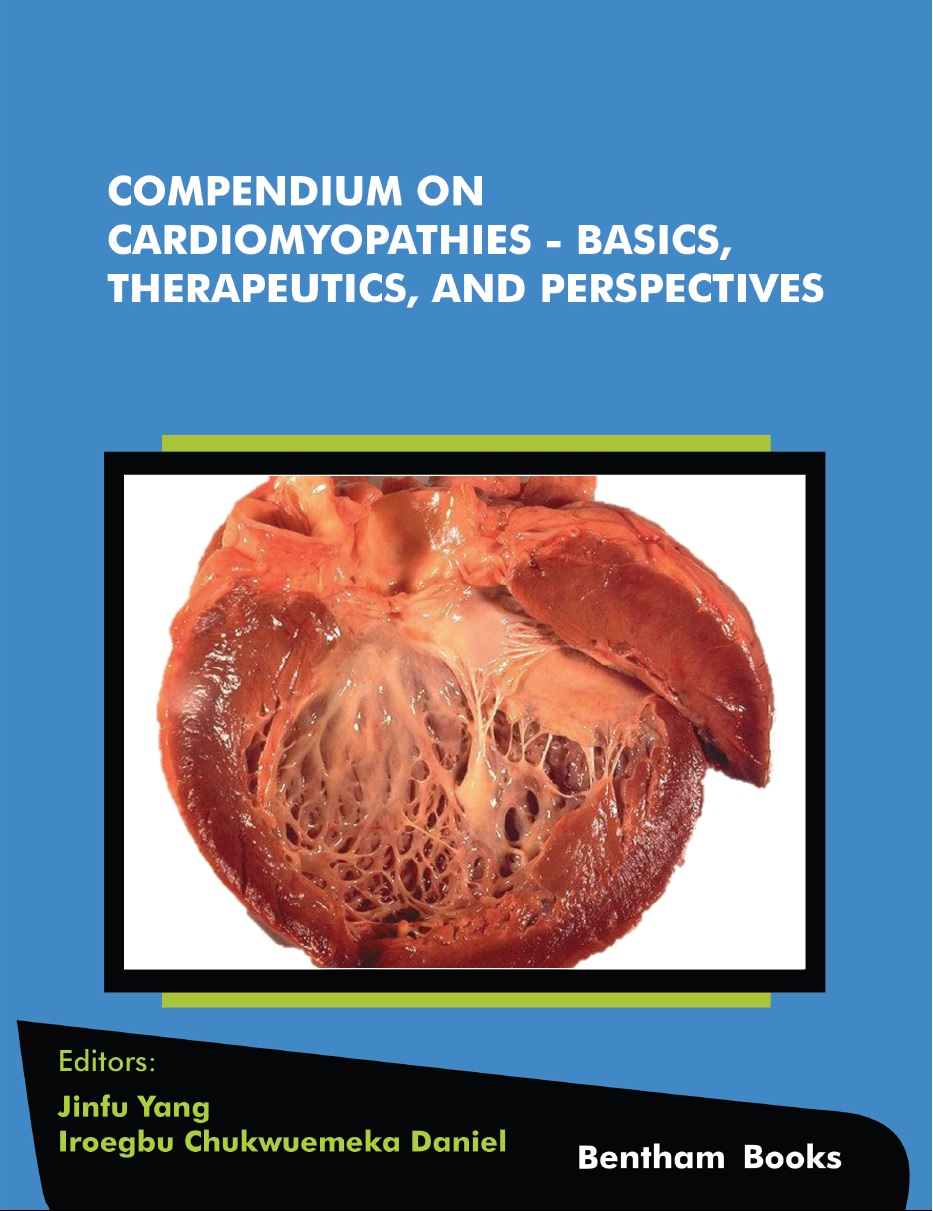Cardiomyopathy is a complex and a multifactorial pathogenetic group of diseases affecting the heart muscle having a high morbidity and mortality rate. Over the past fifty years from 1956, several definitions, revisions, and classifications of cardiomyopathies have been postulated. With the rapid increase in literature and knowledge of cardiomyopathies both in clinical findings, basic research and clear evidence during clinical settings, the gap from the very onset of cardiomyopathies in the field to present and where we are heading to in the future is ever increasing. However, applying these new revisions during day to day clinical practice is complex such as the advances and contemporary upcoming medical information including genetic mutations and their specific organ involvements. The abundance of basic, clinically applied, and new insights in cardiomyopathy as a single entity has outsourced and further enhanced the diseases complexity. However, with the currently reviewed system encompassing all updates including new classifications and criteria’s to be added and reviewed right from the morphological standpoint to its specific phenotypes only further creates overlaps, gaps and the laxity to memorize and employ from family practice to outpatient and inpatient visits and other emergency scenarios.
Rather than follow a classical interdisciplinary division, the entire cardiovascular system here in this book is presented as a functional unit, and the contributors explore pathophysiological mechanisms from different perspectives, including genetics, molecular biology, electrophysiology, invasive and non-invasive cardiology, imaging methods, and surgery to provide a balanced medical view. This book will keep clinicians and post-graduates updated about what to expect by taking a quick overview as a whole from the past to the present with the possible future directions of cardiomyopathies from bases to therapeutics, thereby, applying up to date treatments obtained from serial clinical investigations.
This book also covers important imaging methods, especially echocardiography; cardiac magnetic imaging is used in various types of cardiomyopathies and also provides a vivid presentation of the current state of cardiomyopathies from genetics to management to cardiologists, cardiovascular intensivists, and cardiac emergency specialists. As a compendium, it will encompass all the new terms describing the groups of cardiomyopathies, providing practicing physicians the advantage of applying modern clinical management in patients and their families. It will also give medical practitioners a complete image and understanding of the disease for each patient, making it possible to identify the familial pattern of inheritance. It will include history, genetics, etiology, varying time courses of the disease when diagnosed in the respective time frame of its natural history and the highly variable effects of the acquired conditions affecting the course of cardiomyopathies.
Finally, Vol. 3 of the book series “Frontiers in Myocardia” comprises eleven articles written by leading researchers in this field. We the editors would further like to express our gratitude to the entire team of the Bentham Science Publishers particularly, Mr. Mahmood Alam (Director publications), Mr. Shehzad Naqvi (Editorial Manager publications), and Ms. Fariya Zulfiqar (Manager publications) for their professional and efficient handling of this book at all stages of its publication.
Jinfu Yang & Iroegbu Chukwuemeka Daniel
Department of the Cardiovascular Surgery,
The Second Xiangya Hospital, Central South University,
Middle Renmin Road 139, Changsha,
China

